Description
The MD 520N introduced a revolutionary advance in helicopter design, dispensing with a conventional anti-torque tail rotor in favor of the Hughes/McDonnell-Douglas-developed NOTAR system. Exhaust from a fan is directed through slots in the tailboom, using the Coanda effect to counteract the torque of the main rotor, and a controllable thruster at the end of the tailboom is used for yaw control. Because the fan is enclosed in the tailboom, tail rotor noise—the major source of noise from most conventional helicopters—was significantly reduced. It also eliminated the vulnerable exposed tail rotor blades, eliminating the possibility of persons being injured or killed on the ground and the cause for many confined area maneuvering accidents.
McDonnell Douglas originally intended to develop the standard MD 520N alongside the more powerful hot-and-high optimized MD 530N; both were launched in January 1989 and were based on the conventional MD 500E. The MD 530N was the first to fly, on December 29, 1989, and the MD 520N first flew on May 1, 1990. Development of the MD 530N was suspended when McDonnell Douglas decided that the MD 520N met most customer requirements for the 530N. Certification for the MD 520N was awarded on September 13, 1991, and the first was delivered on December 31 that year.
In 2000, MD Helicopters announced enhancements to the MD 520N, including an improved Rolls-Royce 250-C20R+ engine with 3% to 5% more power for better performance on warm days, and changes to the diffuser and fan rigging, also increased range.
Specifications
General Characteristics
- Predecessor MD500
- Created On Android
- Wingspan 25.1ft (7.7m)
- Length 31.9ft (9.7m)
- Height 8.9ft (2.7m)
- Empty Weight 3,190lbs (1,447kg)
- Loaded Weight 4,187lbs (1,899kg)
Performance
- Power/Weight Ratio 6.92
- Wing Loading 132.4lbs/ft2 (646.6kg/m2)
- Wing Area 31.6ft2 (2.9m2)
- Drag Points 2697
Parts
- Number of Parts 123
- Control Surfaces 0
- Performance Cost 460

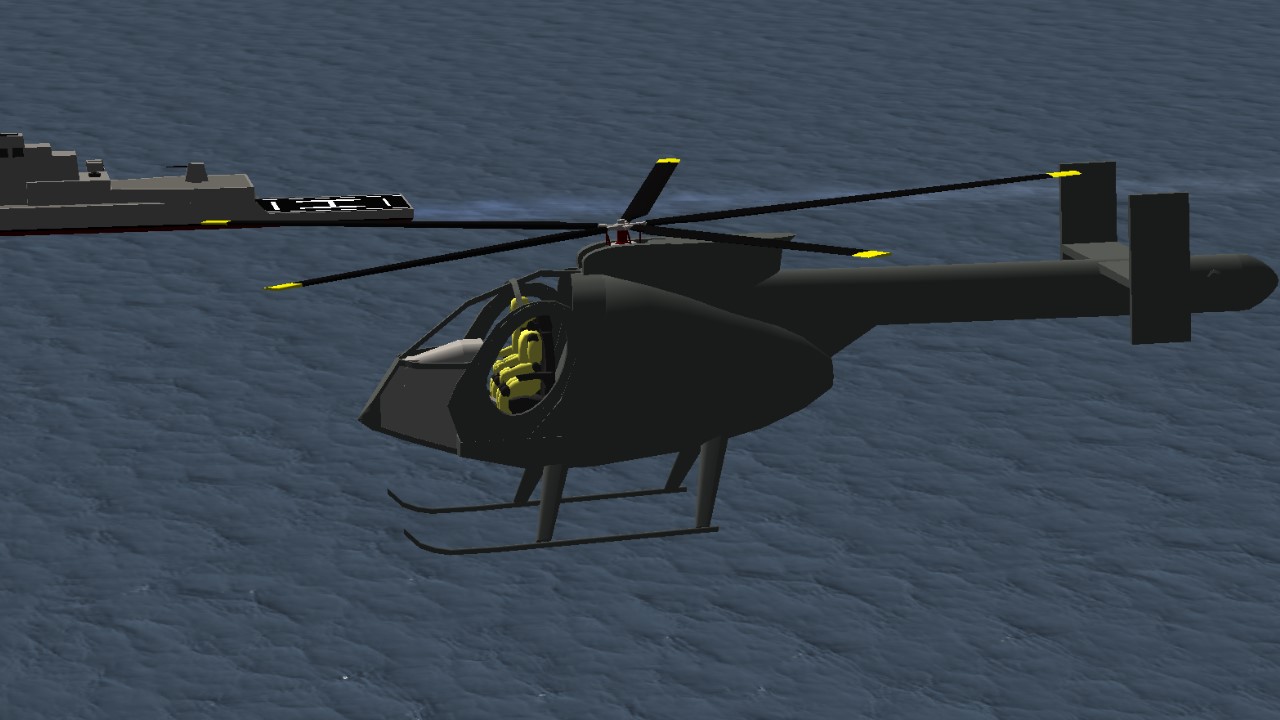
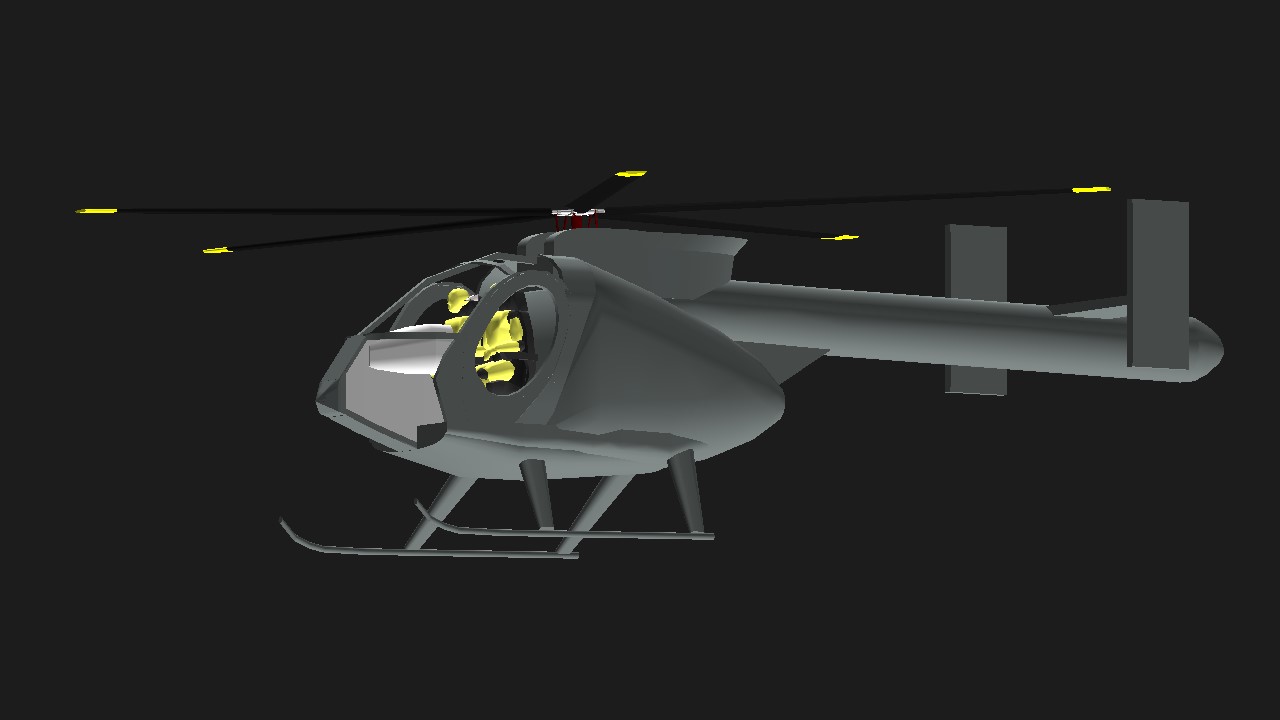
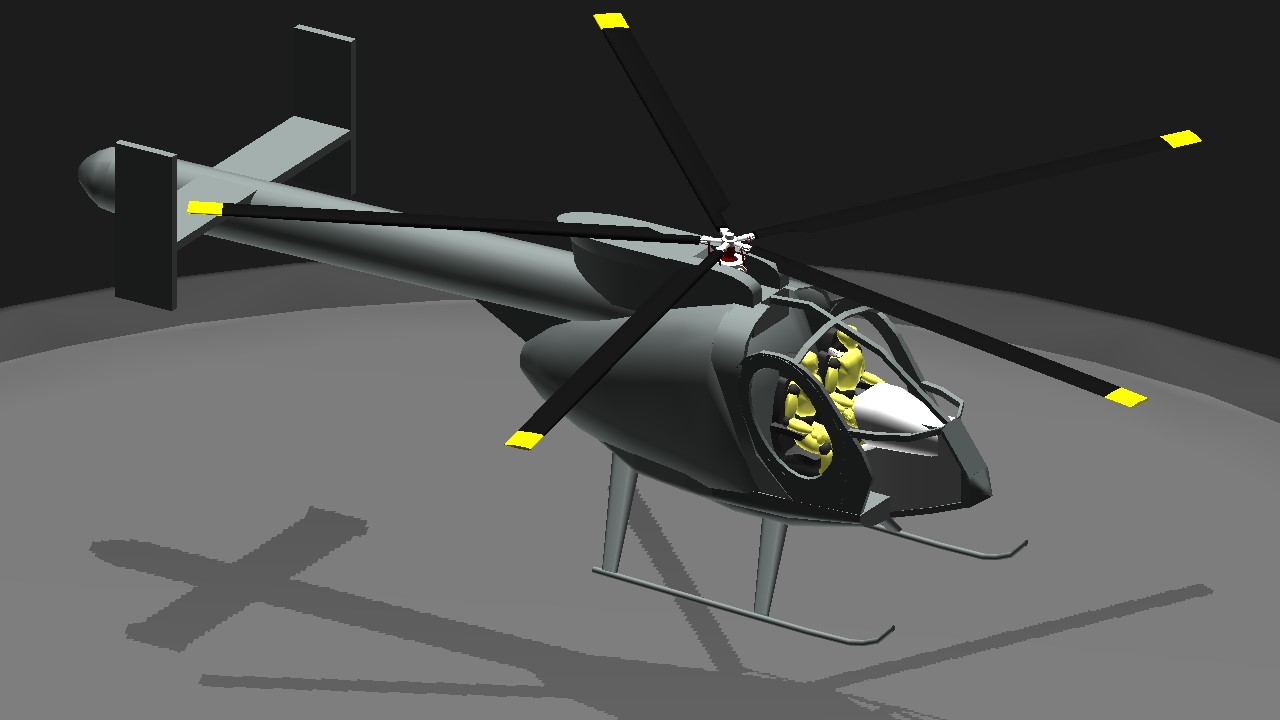

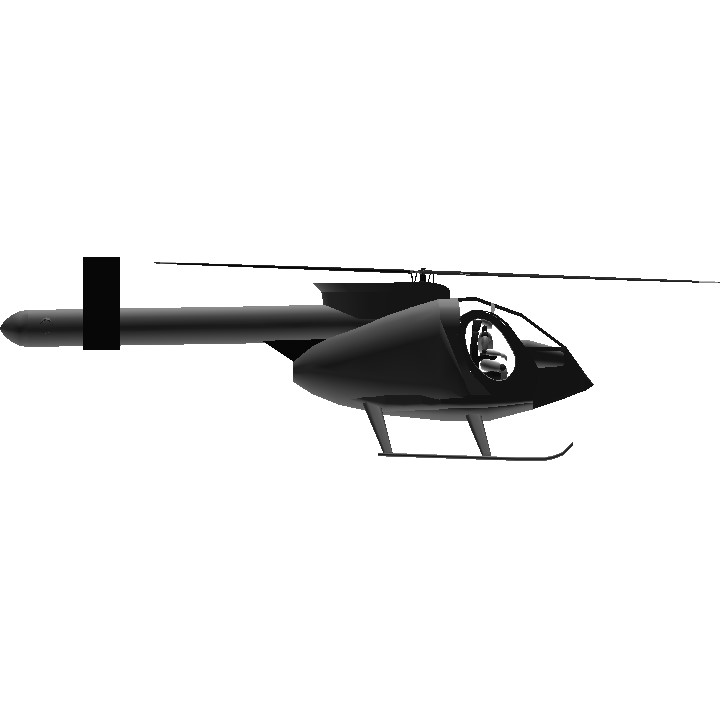
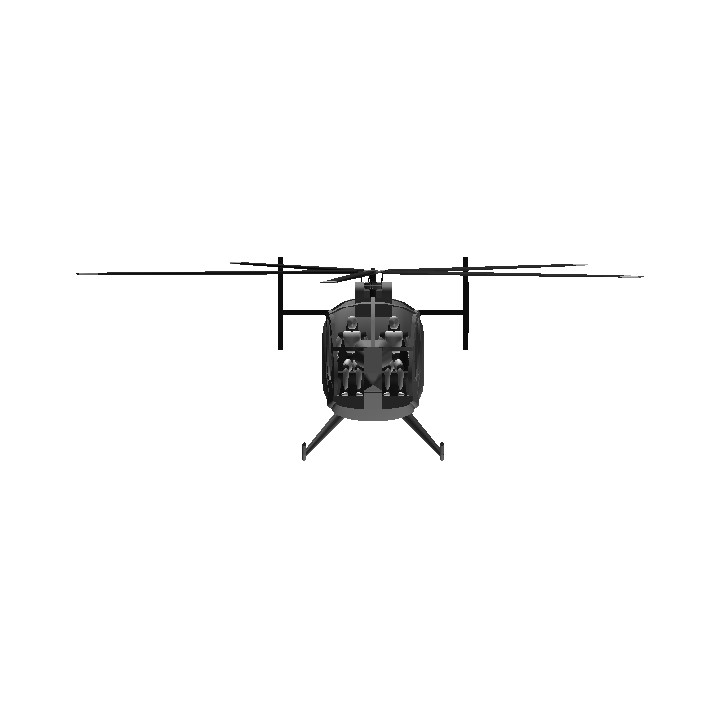
Can you make armed version
@ssu24 thanks
cool
@Darg12e thanks
nice!